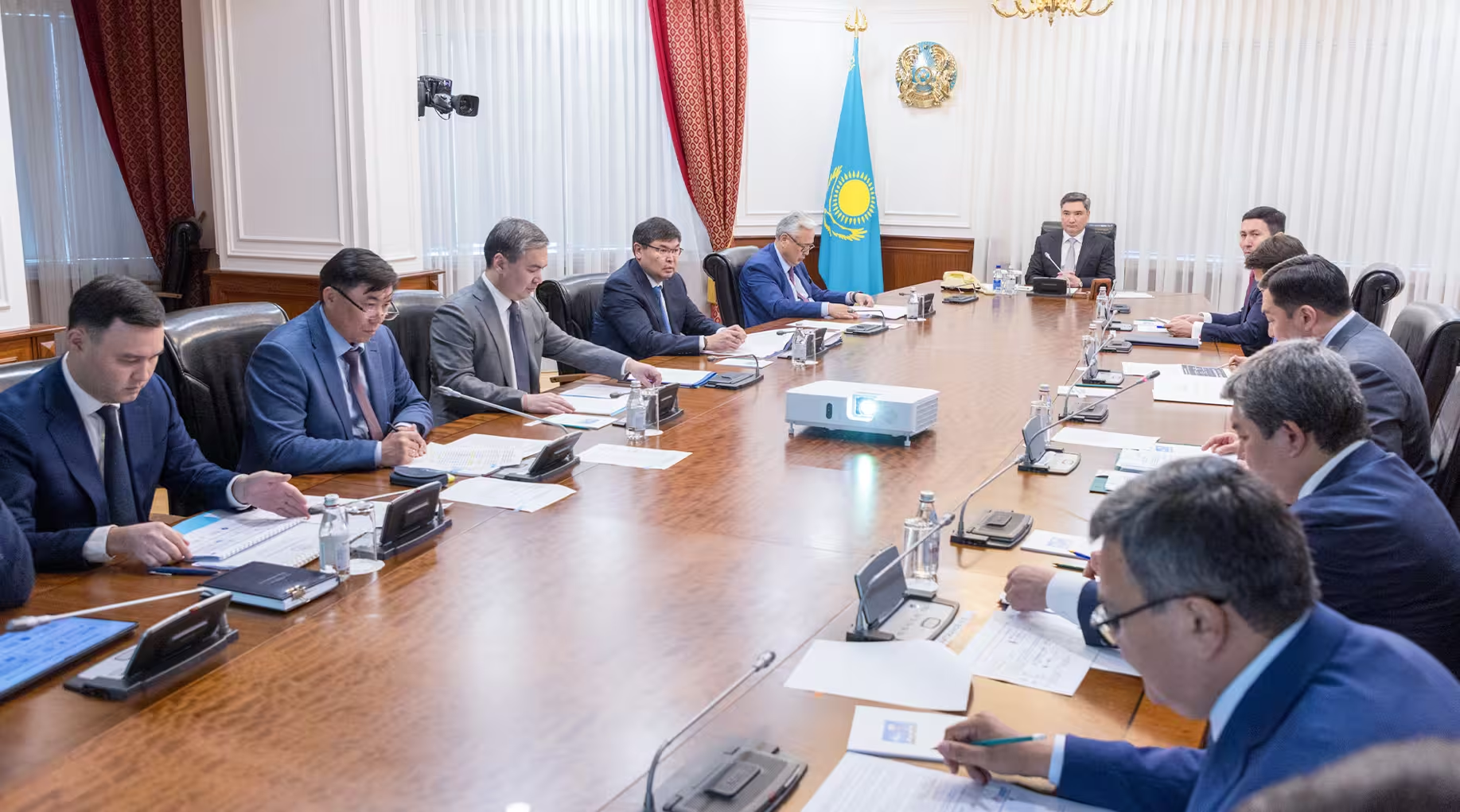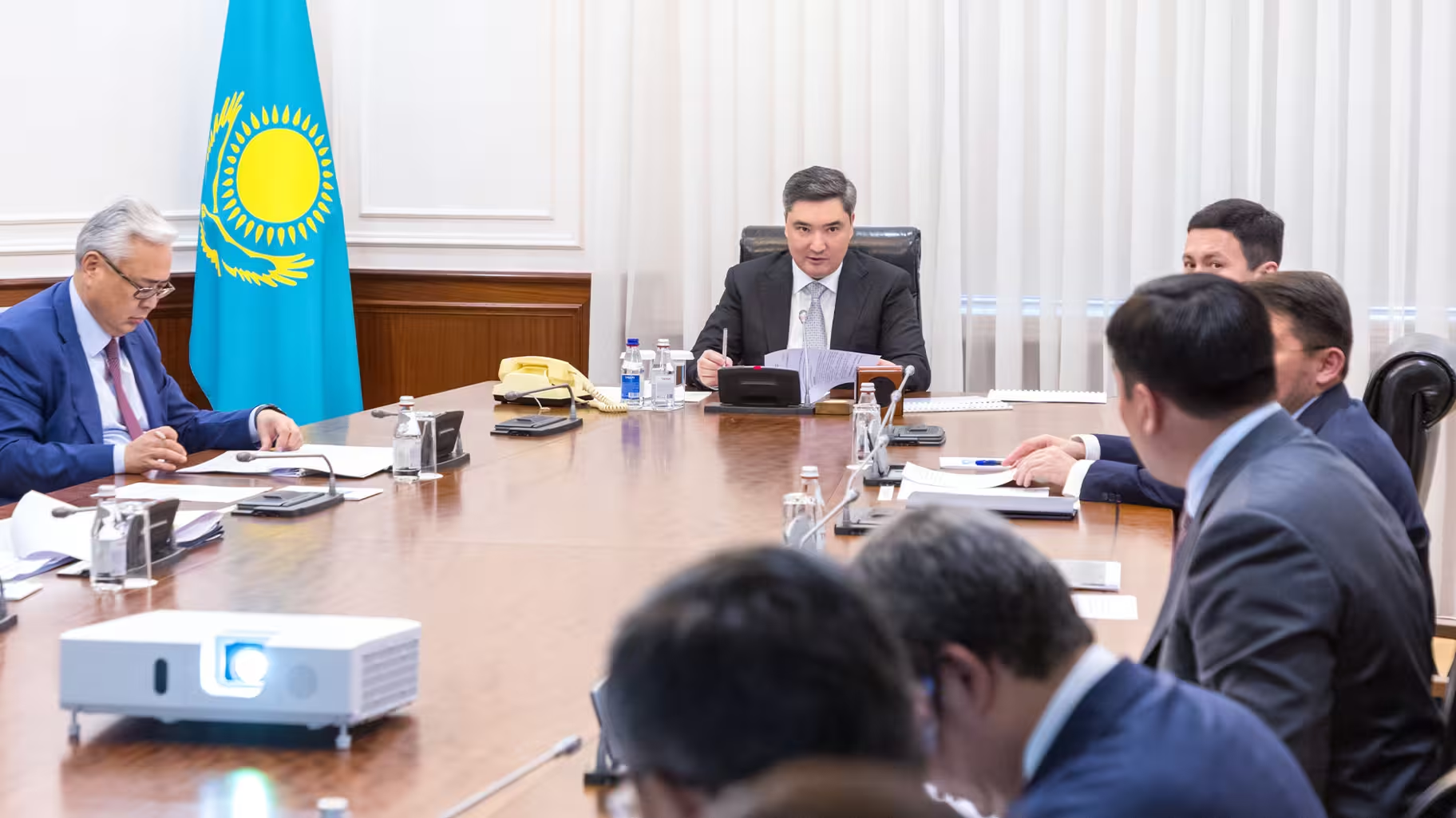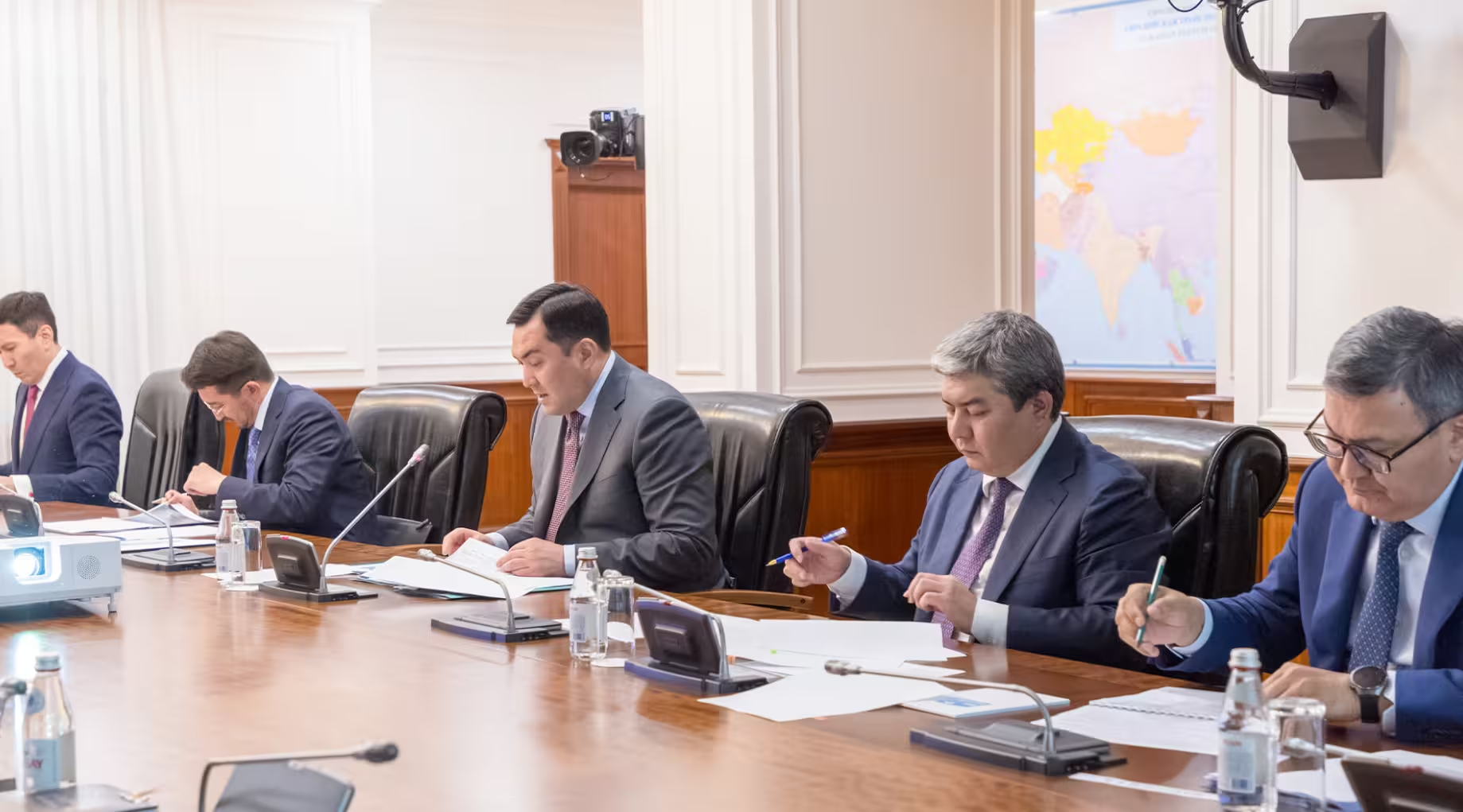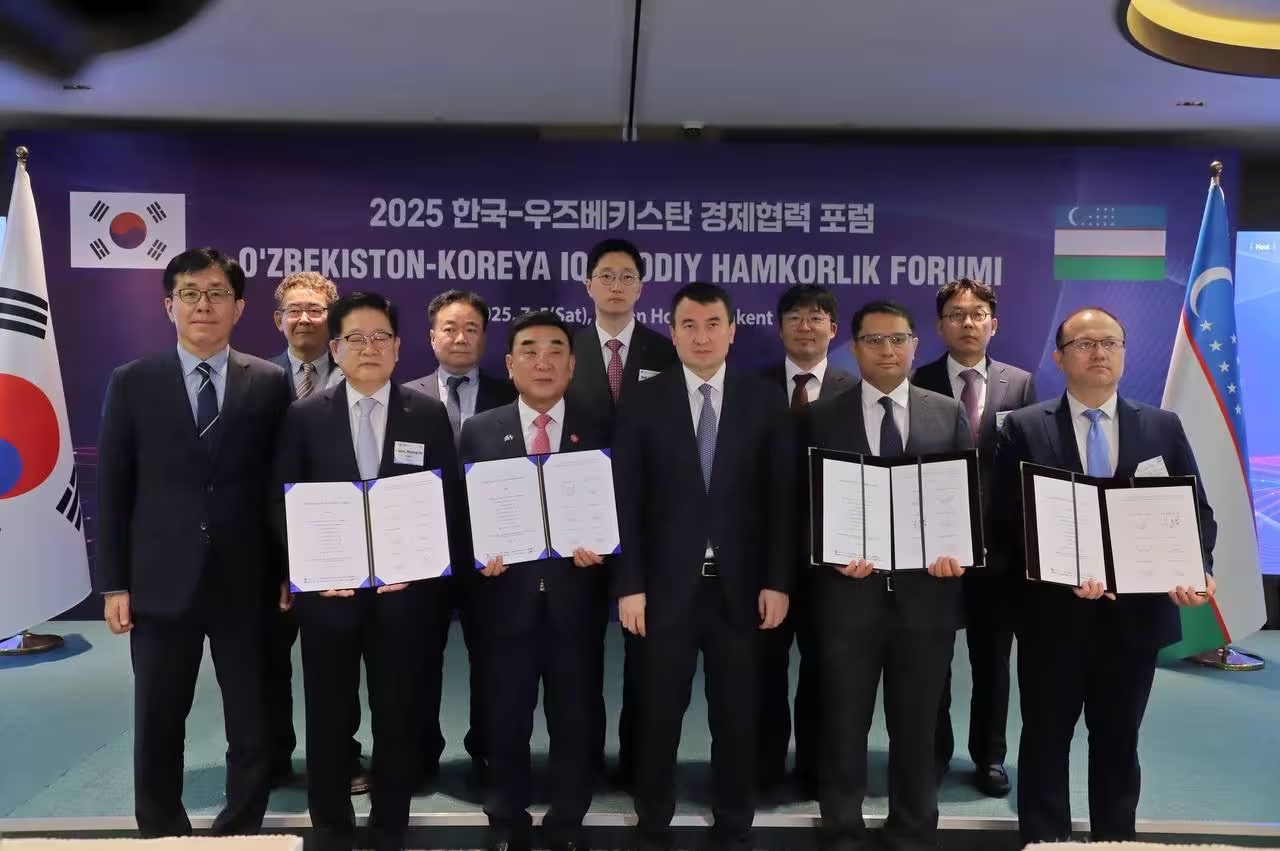Kazakhstan currently operates 230 power plants, including 156 renewable energy facilities with a combined installed capacity of over 3 gigawatts. In 2024, the country generated 117.9bn kilowatt-hours (kWh) of electricity, while consumption reached 119.9bn kWh—highlighting the growing need for additional capacity and a more resilient power system.

Prime Minister Olzhas Bektenov recently chaired a government meeting to assess the implementation of major energy and infocommunication projects, following directives issued by President Kassym-Jomart Tokayev during the extended government session.
Minister of Energy Yerlan Akkenzhenov reported that a long-term generation development program is underway to address energy shortages and modernize aging infrastructure.
The strategy aims to add over 26 GW of new capacity by 2035. Of this, 10 GW is already under development, while 5 GW will come from upgrading existing facilities. In 2025, Kazakhstan plans to commission 621.5 MW of new capacity—166 MW from traditional sources and 455.5 MW from renewables.
Notable projects include the construction of a 2.6 GW Ekibastuz GRES-3 and a 600–700 MW thermal power plant in Kurchatov, both designed with clean coal technologies to support the national goal of achieving carbon neutrality by 2060.

Samruk-Kazyna Chairman Nurlan Zhakupov highlighted the construction of a 1 GW combined-cycle gas power plant in the Turkistan Region, located within the TURAN Special Economic Zone. The plant is expected to reach full capacity by 2027.
Samruk-Energy Chairman Kairat Maksutov detailed ongoing upgrades at Ekibastuz GRES-2, where a third unit with a capacity of 540 MW is scheduled for completion by 2028. In Almaty, CHP-2 and CHP-3 are being converted to gas, with their combined capacity projected to exceed 1 GW by 2026. New combined heat and power (CHP) plants are also being planned in Kokshetau, Semey, and Ust-Kamenogorsk, with contractors selected and negotiations underway for the Kokshetau project.
Additionally, KEGOC Chairman Nabi Aitzhanov outlined key investments to improve grid stability and integrate regional power systems. Two major transmission line projects worth over KZT 356bn ($685.7mn) are in progress. The 500 kV “Karabatan – Olke” line, spanning over 600 km, will enhance electricity supply in Atyrau and Aktobe regions and support renewable integration in western Kazakhstan. A second 500 kV line along the Shu – Zhambyl – Shymkent route (475 km) will improve power supply reliability in the south. Both are scheduled for completion by 2027.
In total, KEGOC plans to implement eight large-scale investment projects totaling KZT 2.3 trillion ($4.4bn) to support Kazakhstan’s evolving energy landscape.

Accelerating Digital Connectivity
The meeting also reviewed developments in the country’s infocommunication sector. Minister of Digital Development, Innovation and Aerospace Industry Zhaslan Madiev reported that 42% of Kazakhstan’s 6,179 villages currently have access to high-speed internet. Under a nationwide fiber-optic rollout, 3,781 additional villages will be connected by the end of 2027. This will extend the network by over 160,000 kilometers and raise coverage to 90%.
To strengthen Kazakhstan’s role as a digital transit hub between Europe and Asia, the government is developing two major infrastructure routes—the Trans-Caspian backbone and the West–East hyper backbone—with combined investments totaling KZT 30.7bn ($59.1mn).
By 2027, mobile coverage is expected to reach 99% across the country, including along 40,000 km of national and regional highways. Satellite connectivity is also expanding, with 328 remote settlements set to receive internet access by the end of 2025. Kazakhstan is partnering with global satellite providers, including OneWeb, StarLink, Shanghai Spacecom, and Amazon Kuiper. Investments in this area exceed KZT 38.6bn ($74.4mn).
Looking ahead, Kazakhstan plans to commission 10 Tier III-level data centers by 2030, with a combined capacity of approximately 20,000 IT racks. Total ICT sector investment between 2025 and 2030 is projected to reach KZT 1.3 trillion ($2.5bn).
Prime Minister Bektenov stressed the importance of timely implementation and inter-agency coordination. He emphasized that reliable energy systems and robust digital infrastructure are critical for supporting economic growth, regional development, and Kazakhstan’s broader transition to digital and AI-powered technologies.




